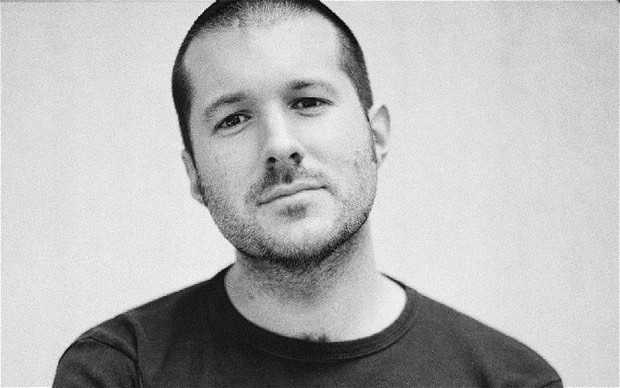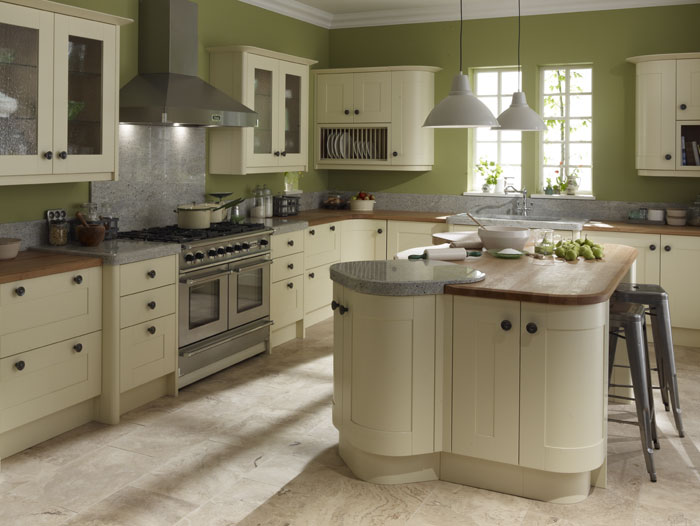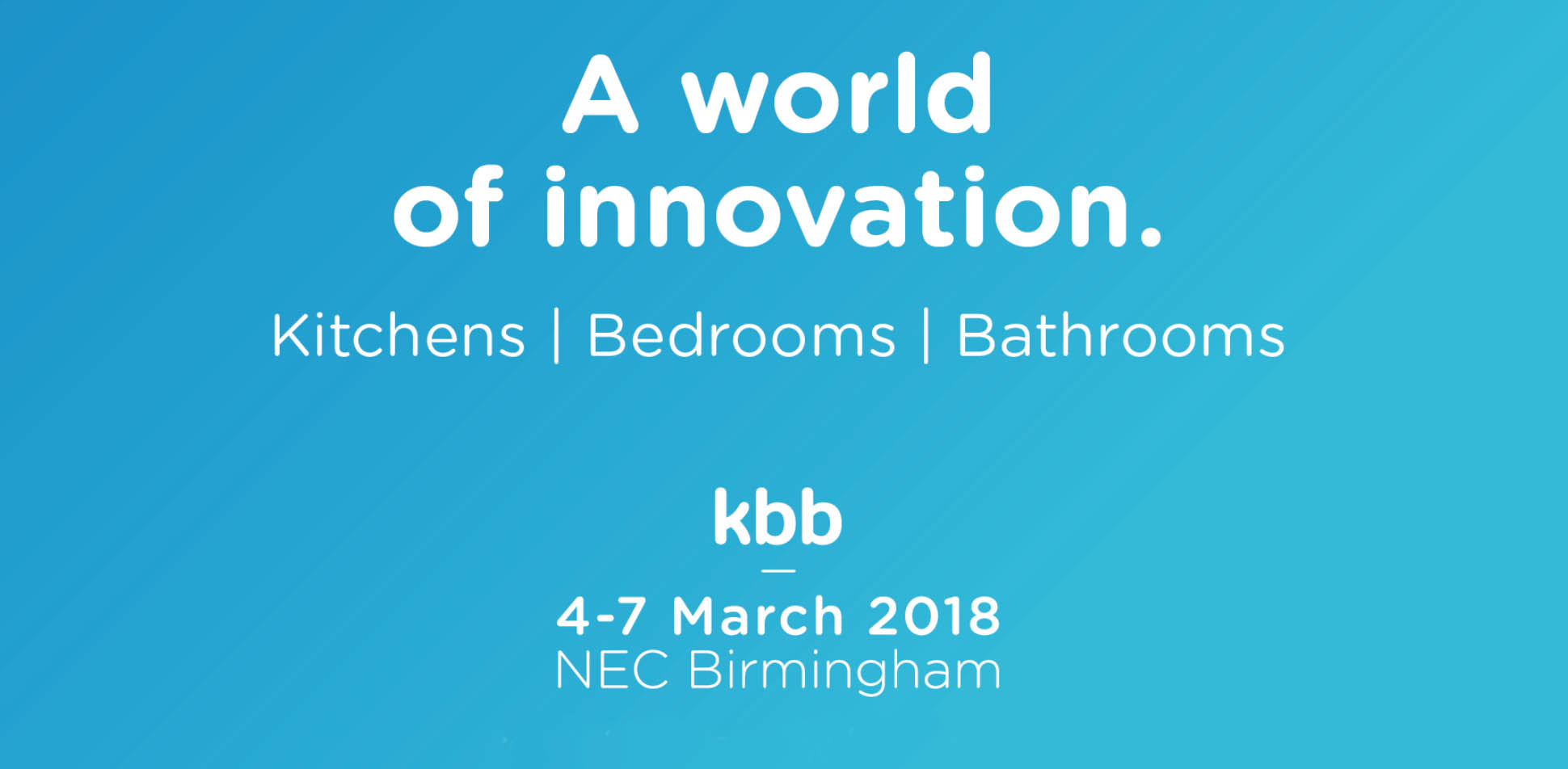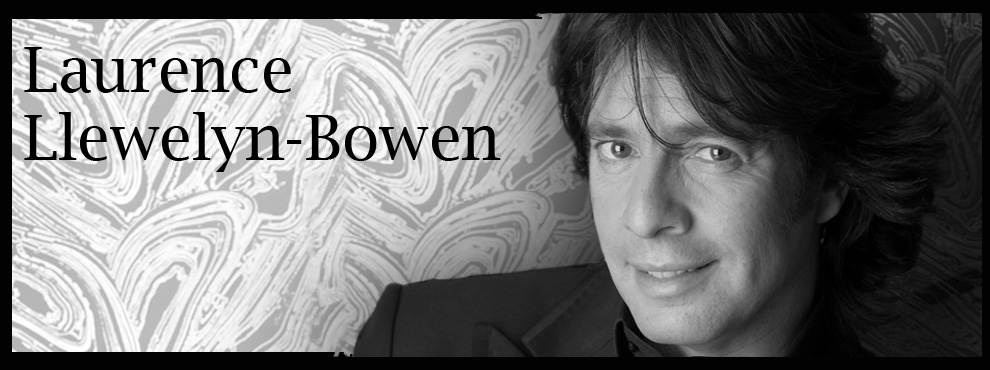It's not often that Apple head designer Sir Jonathan Ive gives an interview. Not only does Apple have its secretive culture, but he is reportedly a private person.
However, give an interview Ive did to the London Evening Standard recently, and it's full of lessons for entrepreneurs who want to take markets by storm with great products.
Do Something Well, not Different
Many companies focus on differentiating themselves from the competition. And, certainly, that is important if you want to offer strong reasons why customers should do business with you and not a competitor. But any difference has to be organic and not contrived. "A product has to be genuinely better," Ive says. "Committees just don’t work, and it’s not about price, schedule, or a bizarre marketing goal to appear different—they are corporate goals with scant regard for people who use the product." If you're not trying to do something better, then you're not focused on the customer and you'll miss the possibility of making your business great.
Focus on the Idea
Although Ive has been key to Apple's success since the early 1990s, he's a cultural outsider in important ways—raised and schooled in London and getting his first experience in design companies there. So he still has an outsider's eye for what makes Silicon Valley different. When asked what he liked about the area, he said this: "There’s not a sense of looking to generate money, it's about having an idea and doing it. I think that characterizes this area and its focus." If you focus first on making money (an important part of commercial success), then you're less likely to pay attention to the ideas, which are the basis of products and services. You lose direction and then are back at contrived differentiation.
Remember the What If
According to Ive, the least challenging approach to innovation is when there's a problem you're aware of. The need is obvious. However, it may be obvious to others, as well. What is more rewarding, and more difficult, is when you see an opportunity. "It’s not a problem you’re aware of," says Ive, "nobody has articulated a need. But you start asking questions, what if we do this, combine it with that, would that be useful? This creates opportunities that could replace entire categories of device, rather than tactically responding to an individual problem." Solve the nagging problems, but look to the possibilities to set the world on fire.
Put in the Time
Ive says that even solving a tiny detail of product development and design can take "months and months and months." But a good product has integrity, in the sense that everything works together. You can't ignore the small details without which you can't address the big issues.
Of course, there's no guarantee that you could attain the success of any of Apple's products. But principles are important. Follow the ones that have been proven to work and you're closer to attaining your own goals.
In another interview with the Independent, Ive said “Most of our competitors are interested in doing something different, or want to appear new – I think those are completely the wrong goals...A product has to be genuinely better. This requires discipline, and that’s what drives us, and it’s not about price, schedule or a bizarre marketing goal to appear different – they are corporate goals with scant regard for people who use the product
Sir Jonathan, 45 made some serious waves in the Silicon Valley giant with the colourful iMac range, which made its debut in 1998, Sir Jonathan has moved Apple’s products in an increasingly minimalist direction, using aluminium and glass, and a monochrome colour scheme.
Originally from the London suburb of Chingford, the recent Knight said he was “thrilled” and "humbled" by his knighthood, and he paid tribute to the British design heritage, “aware that I’m the product of growing up in England”.
“The emphasis and value on ideas and original is an innate part of British culture, and in many ways it describes the traditions of design.”
This Kitchens Kitchens news item was sourced from a number of sources inc London Evening Standard and the Independant newspapers and it was chosen to highlight how design influences from one product or business can send shockwaves of creativity out to other industries.
Although Jonathan Ive may remember an era of British manufacturing design, in the kitchen industry it is zee Germans that are pushing the creative envelope at present and you can even see some of the design principles Sir Jonathan talks about have been adopted by the likes of Häcker who have taken the sleek, black and functionally led ethos to a tee in some of their designs and it has to be said that the public, whom are also now starting to appreciate good design, or loving it.
It was no surprise to see German made kitchens and German kitchen companies dominate the Kitchen Trade show of KBB in Birmingham this month and we expect the trend to continue.








